6 Shrubs to Plant Now for Last Gasp of Garden Color
By. Jill Brooke
As we sigh a bit as the rainbow of vivid bold colors starts to fade in our gardens, and we accept that fall is upon us, this is traditionally the time to look into the future and think about what flowers we will plant to welcome spring next year. The tulips, the hyacinth, the daffodil, the crocus, the snowdrops.
But planting is a lot of work and who among us really doesn’t want a bit of immediate gratification? What’s wrong with that? Shouldn’t life offer pleasures today as well as tomorrow?
Of course, it should. And it does.
As the weather turns our gardens more dormant, it is a delight to find those few options where nature can do its can-can dance with some showy splashes of interesting and unique shrubs.
Our friend Natalie Carmolli from Proven Winners and I had this conversation and I sought advice about what is best and easiest to plant RIGHT NOW so I can see early results from one’s labor of love.
“If your garden is surrounded by mature deciduous trees, there’s a chance you’ll be set for a while,” she says. “But what about when the leaves have fallen and the snow starts to swirl? That’s where shrubs with colorful bark, berries, and evergreen foliage come in.”
Plus they also offer autumnal pleasures as well.
So here are her six fabulous selections for fall and winter interest:
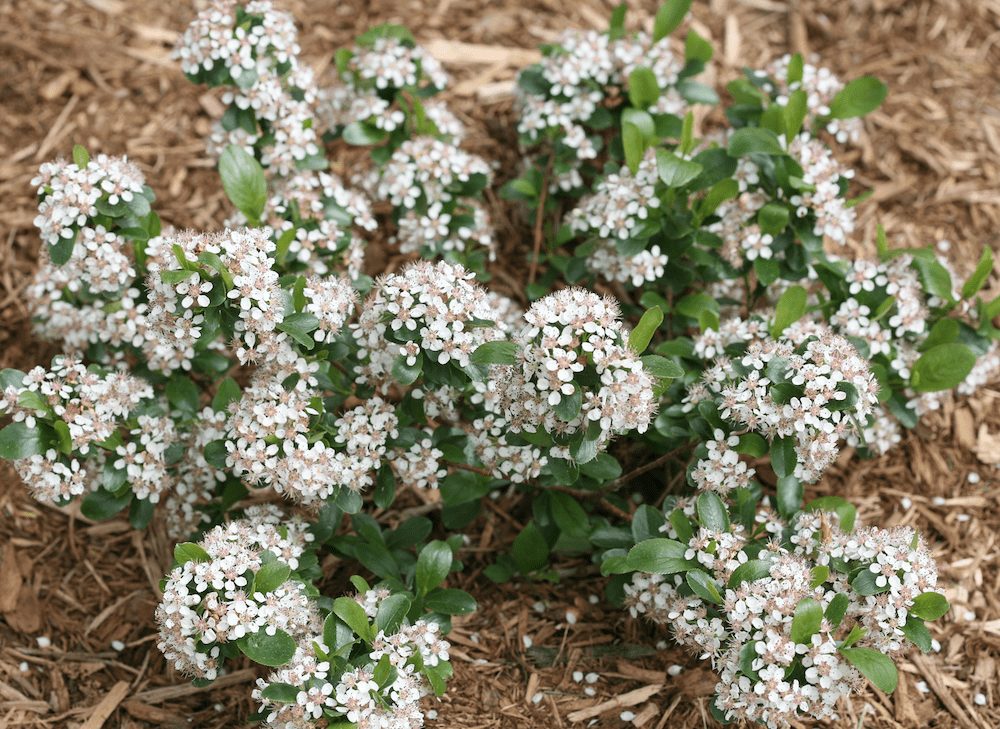
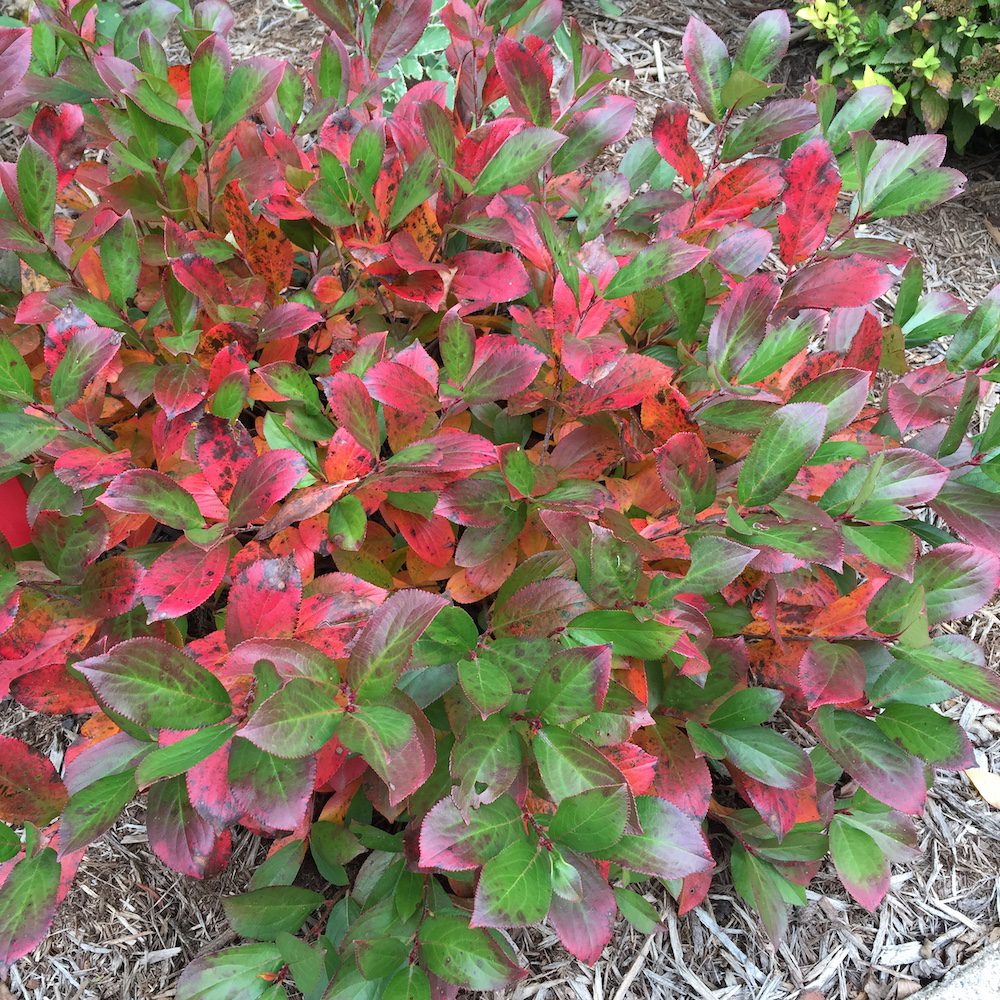
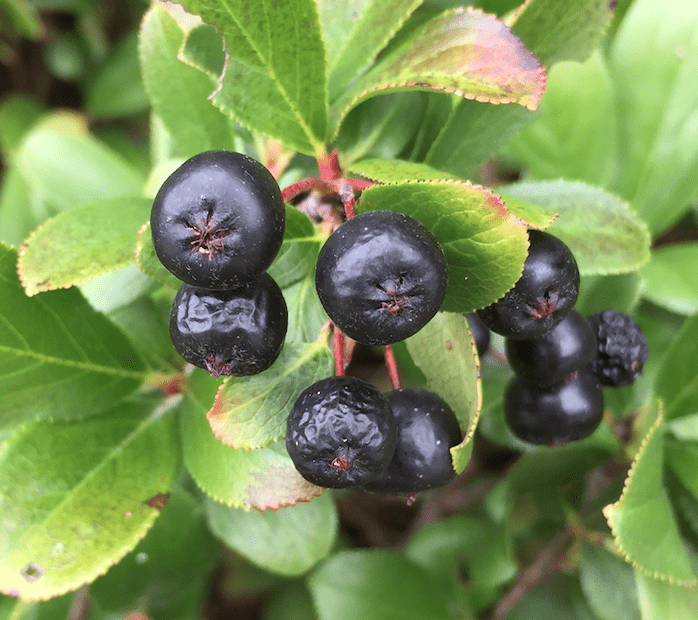
This has dainty white spring flowers but the bonus is that during the fall and winter has a purple berry. It’s a tough, tolerant and so flexible with seasons. In the fall it turns brilliant red to contrast with the dark. purple-black fruit. It’s a low-growing mound-shaped and one of those go-to items for mass plantings for ground cover or edging plant. And it thrives anywhere. Gotta love that. Hot and cold climates and not finicky about soil. It may one of the most versatile plants you will ever have.
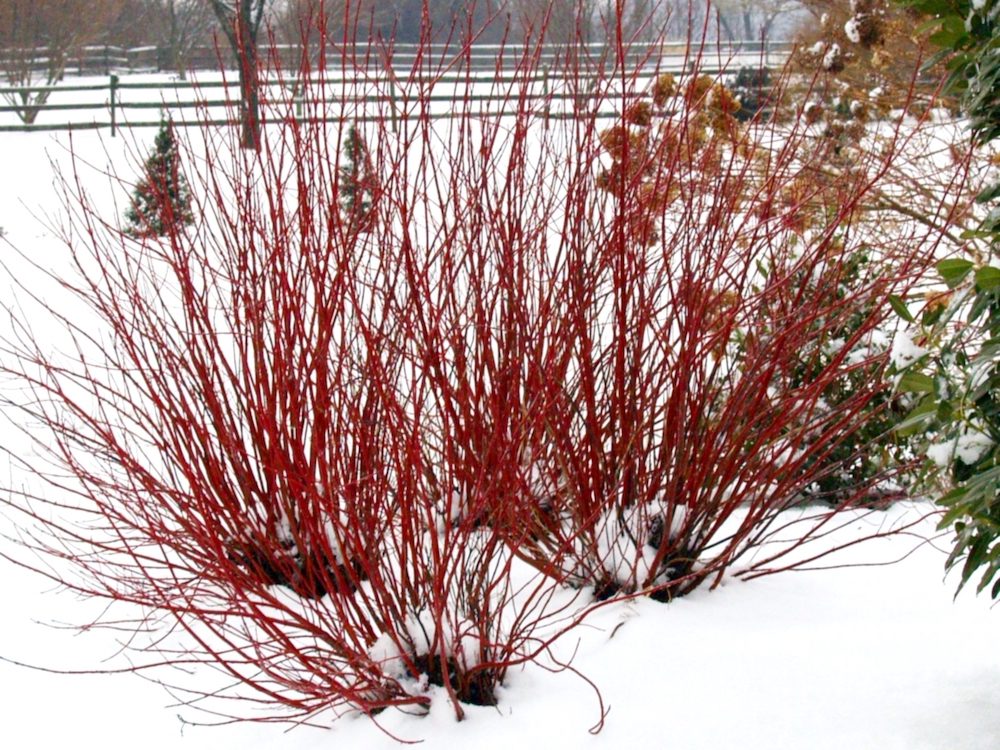
This compact red twig dogwood is a vigorously growing, very cold hardy option for folks who like simplicity. Its strong vertical presence in the garden provides year-round texture. Bring the outdoors in and use Arctic Fire® dogwood as a cut stem for holiday arrangements or for season-long color indoors. USDA zones 2-7, 3-5’ tall/wide.
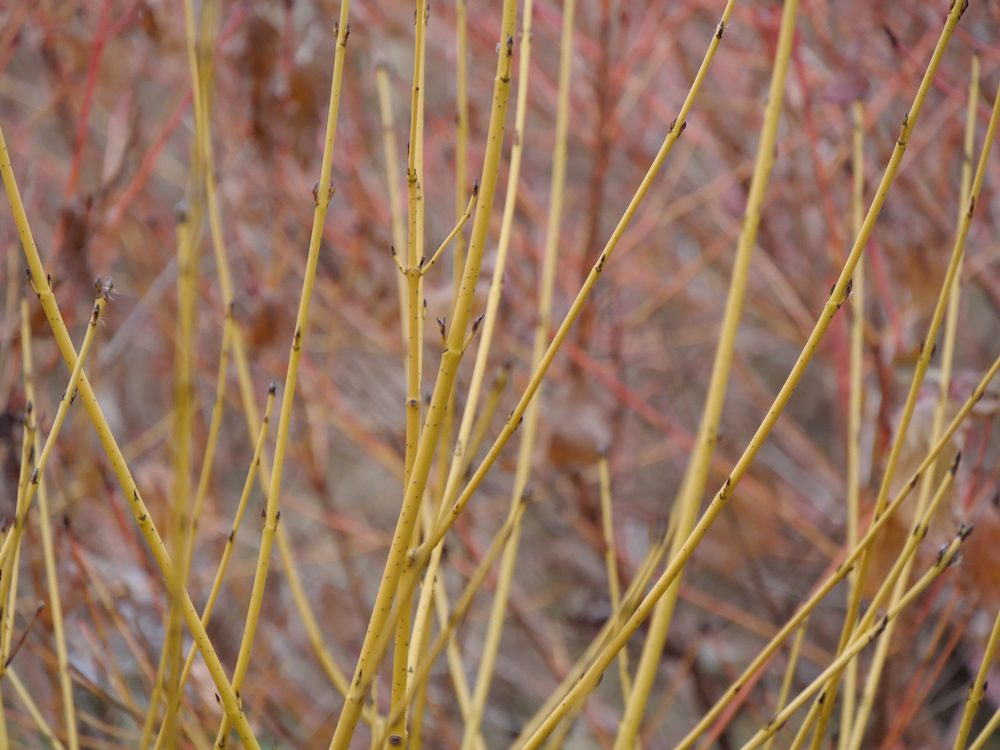
Can a yellow twig dogwood be a red-twig dogwood? Yes! Arctic Fire® Yellow dogwood is a new selection of North American native Cornus stolonifera that offers all the durability of the species but with vivid yellow stems. Stunning on its own or inter-planted with Arctic Fire® Red dogwood. USDA zones 2-8, 4-5’ tall, 6’ wide. This definitely. needs to be mixed with something and would be what I would call a filler in a vase.
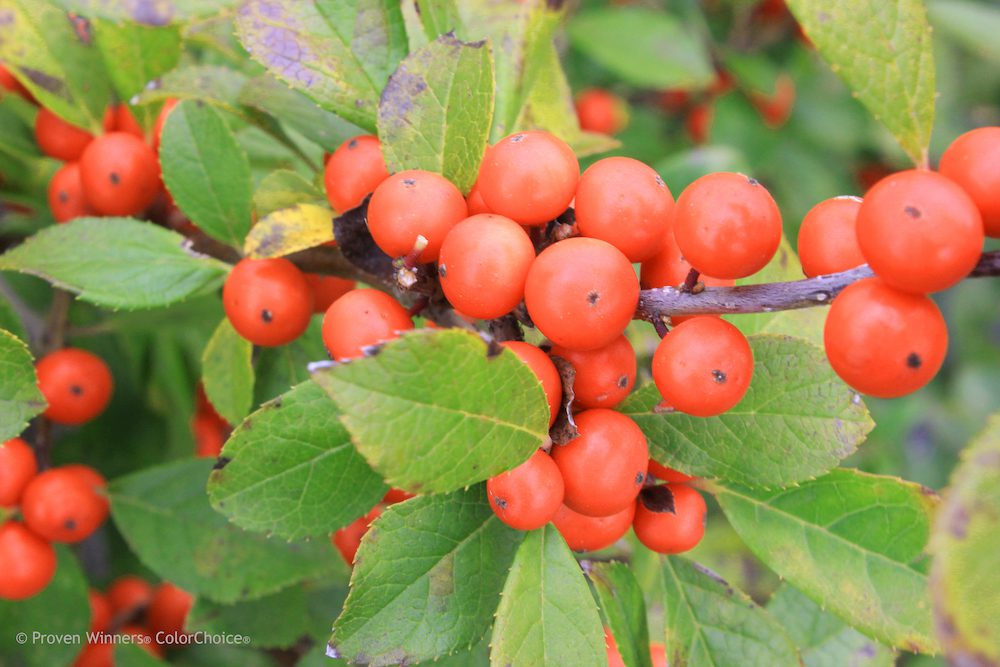
Little Goblin® Orange Ilex verticillata
If you’ve ever seen winterberry in someone else’s garden, you’re probably already smitten. When it comes to dramatic fall appeal, its masses of berries cannot be beaten. A male pollinator is required for fruiting; use Little Goblin® Guy winterberry holly. The fruit is not edible. USDA zones 3-9, 3-4’ tall/wide.
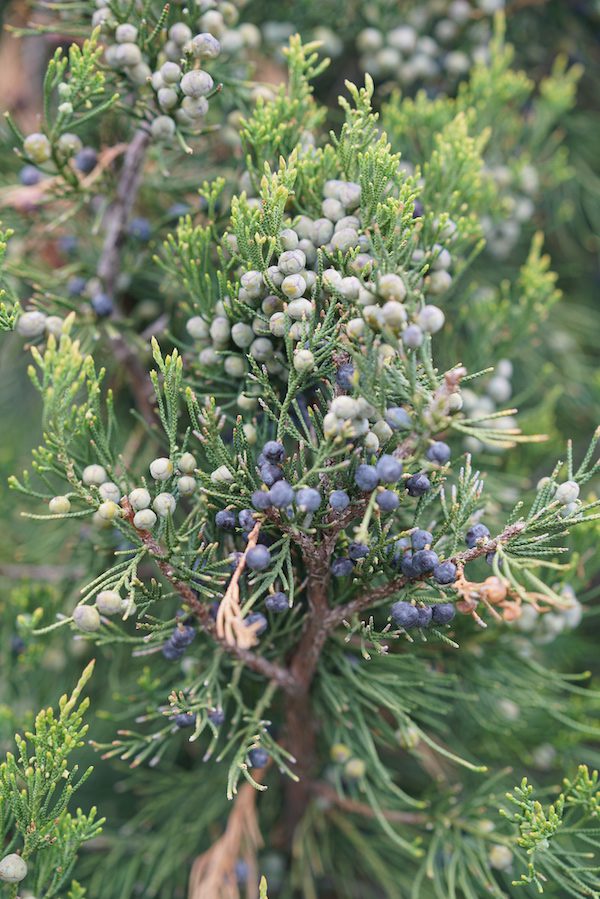
We all love to talk about the feature plants in our gardens and this juniper sure is a showpiece. Its pretty, plentiful berries are incredibly attractive – they’re light green or blue depending on age! Conical habit makes this sun-loving, deer-resistant evergreen versatile in the landscape. USDA zones 4-8, 10-18’ tall, 7-10’ wide.
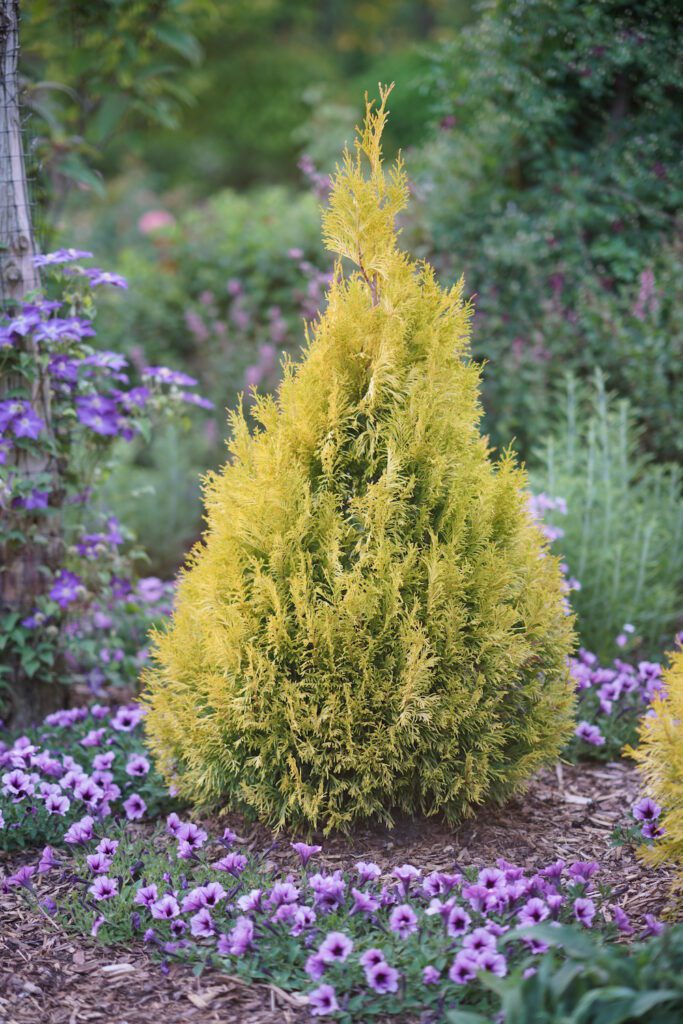
Arborvitae is fantastic at providing winter interest – the evergreen foliage is always prepared to shine out from under the snow! But Fluffy takes shine to a whole new level with its steadfast chartreuse coloring. Hardy and burn resistant, it maintains color even through a tough winter and this western arborvitae is more deer resistant than the traditional species. USDA zones 5-8, 5-10’ tall, 3-6’ wide.
When cooler weather sends you inside, it doesn’t mean you can’t continue to enjoy the beauty of a well-planned landscape. Plant some of these seasonal stunners and you can enjoy them from the coziness of your home when the temperature dip.
![]()
Jill Brooke is a former CNN correspondent, Post columnist and editor-in-chief of Avenue and Travel Savvy magazine. She is an author and the editorial director of FPD.
